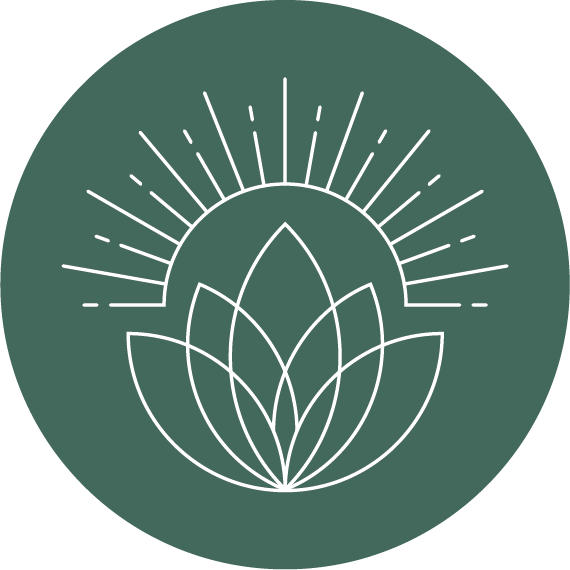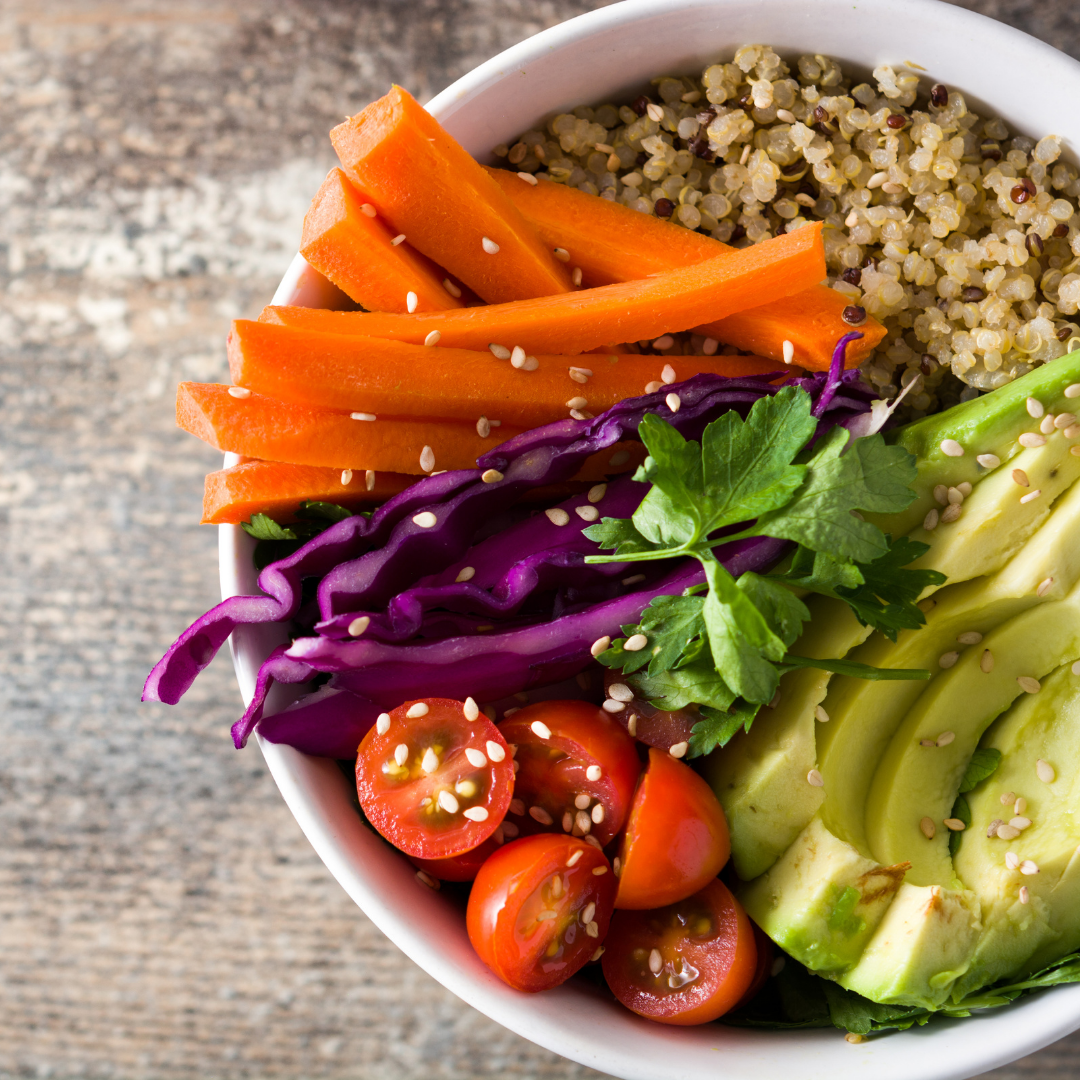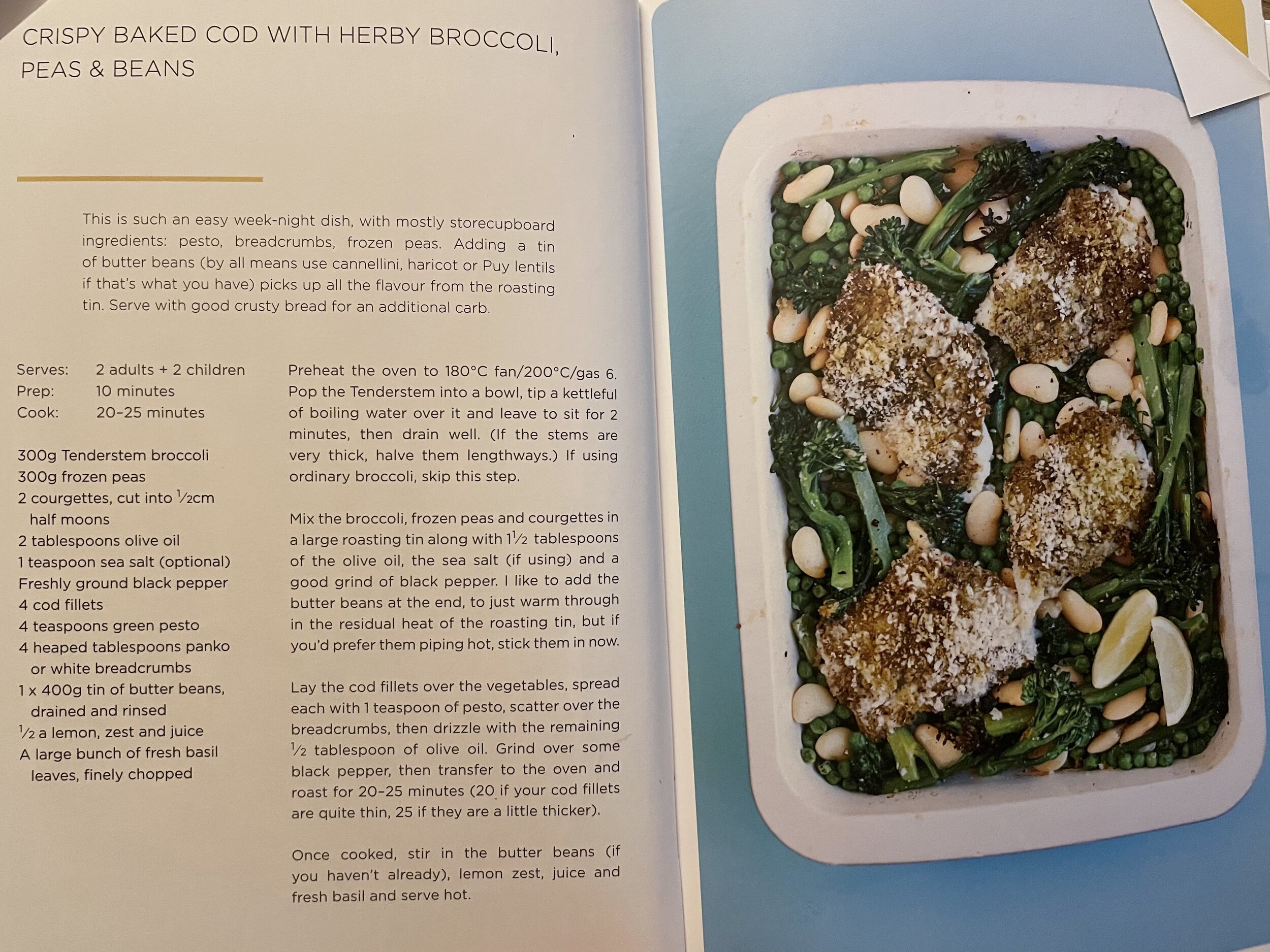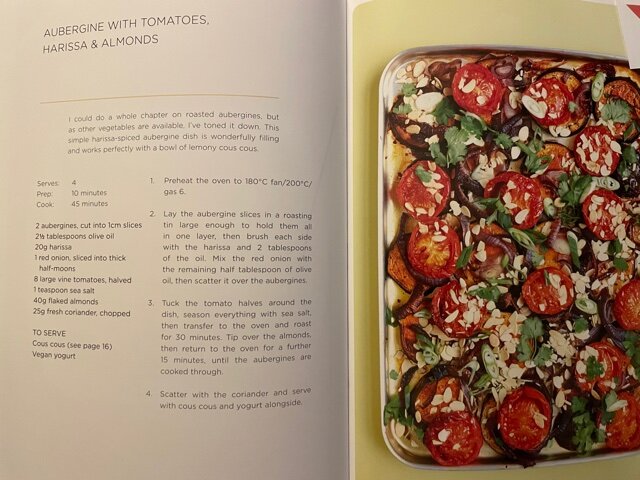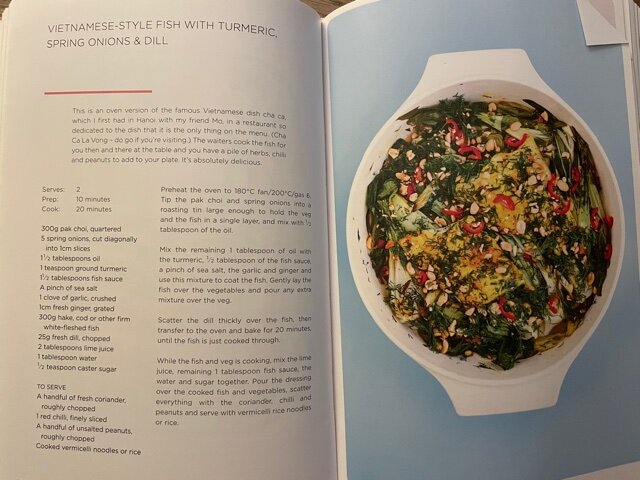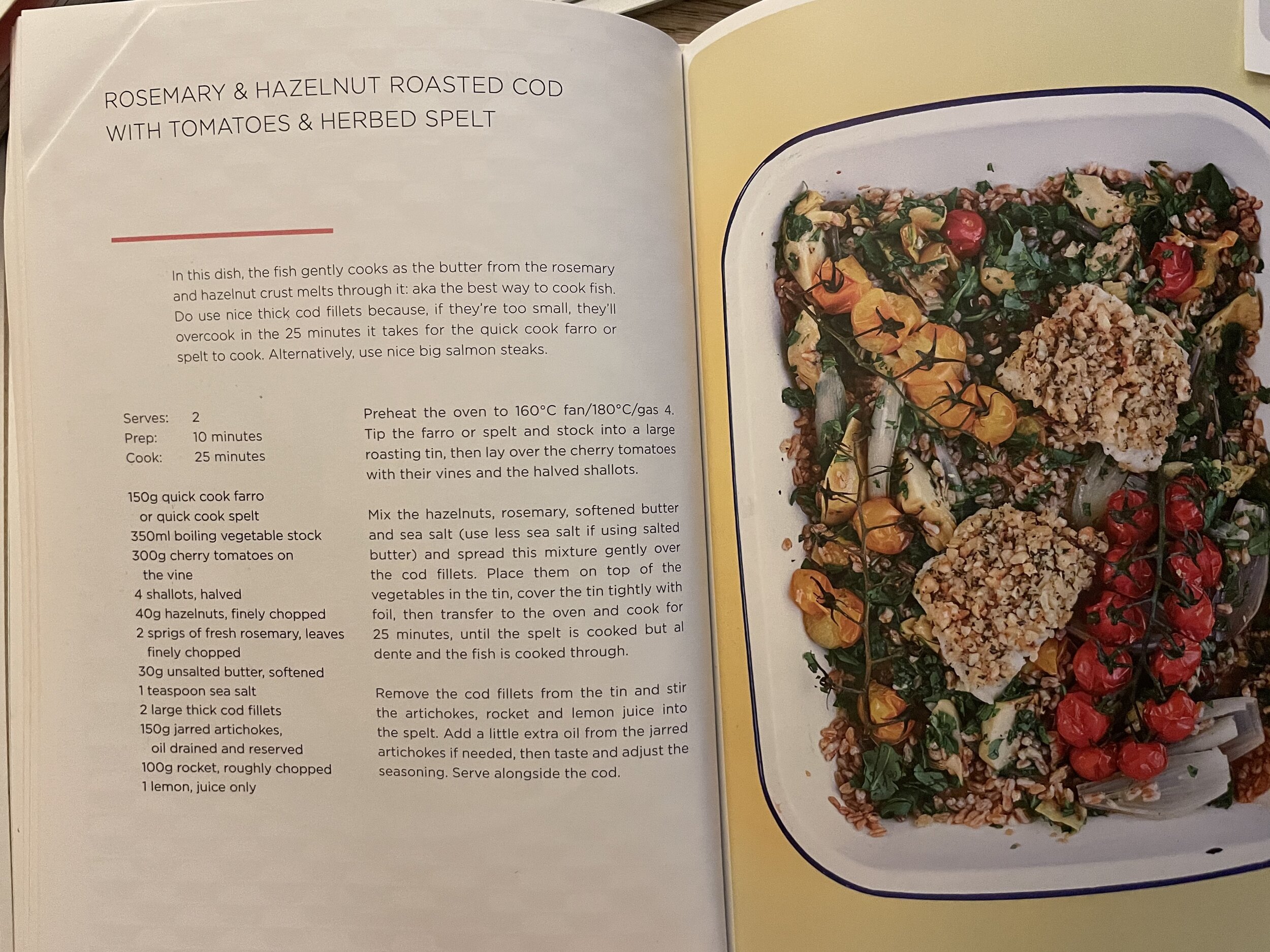Why I don’t like Resolutions & recommend Intentions instead!
So, we’re at the end of January, how did your month go and what are your thoughts now on those “New Year Resolutions”?
Did you set some for yourself?
Do you do it every year, without fail?
Do you resist?
Do they work for you?
Is LLL one of them?
Well, here’s how I feel about them.
I hate them!
I NEVER make any.
And here’s why…
When I have tried in the past, I never end up sticking to them.
Then I feel bad about myself.
And if you look at the research, that sad fact is true for the vast majority of people who set themselves resolutions at the start of the year (and you only need to look at the dwindling attendance at gyms to know that what I say is true!!)
I have a few things to say about why this happens.
Why ‘Resolutions’ don’t work
The first is that whilst it seems like a great time to ‘start over’ and make changes in our lives, often what’s at the forefront of this great urge is an over-indulgence over the festive period, and the distinct slobbery that goes with it (or is that just me?!): so we feel compelled to compensate for this, and we suddenly feel a need to prioritise our health & wellbeing – so we pile in with a list of things we’re going to do from 1st Jan – that will transform our life!
So, we are essentially guilting ourselves into taking action – which is rarely a sound basis for a sustainable change, and often it’s ‘grand gestures’ that are not fully thought through…
Secondly, we don’t understand enough about ‘will power”. We set our resolution, thinking that this alone is enough to get us through the habit change. We somehow think that just by telling ourselves that we are resolved to do this, that this will be enough to motivate us.
What we don’t then do is consider all the reasons why we might find it difficult. We overlook the fact that when we’re back at work, getting to the gym 4 times a week might start feeling like a struggle because the demands of our work, family and other commitment start to ‘get in the way’.
We may also not be aware that will-power requires a conscious effort from our brain, and as this effort is mixed in with all the other will-power demands during our day (the nagging toddler, the complaining customer, the ‘bad day at work’), we can find that we have emptied our will-power battery by the time it comes to go to the gym.
And because we haven’t thought about these things, we don’t have a mindset back-up plan to help us deal with these things, and to support us in leaning into the struggle, and working through it.
Then when we miss a session or two (which IS going to happen, trust me, you’re human), BAM!
Our resolution is broken.
We then feel bad, so we decide we’ve failed. And then we think “what’s the point in struggling on, I’ve blown it now anyway?”
Lastly, it’s such a rigid word. And this links to the previous point. There is no ‘wiggle room’ or allowance for a bad week with a Resolution.
The definition of Resolution is:
“A firm decision to do or not do something”
So, when we fail to do (or not do) the thing that we have stated we will or won’t do, even if it’s just once, we feel like we’ve broken that resolution. It’s terminal, final, game over.
At least, that’s what our brain tells us! And that feeling adds to the growing desire to give up.
Any of this sound familiar?
Am I saying that as resolutions clearly suck, there’s no point trying to make changes for the good of our health and wellbeing?
Absolutely NOT!
I’m saying “Out with Resolutions, In with Intentions and Goals!”
I am a firm believer that we need to look after our mental and physical health, with great intention and on purpose.
I just don’t believe hard resolutions are the way to do it for sustainable change – at least not for most of us (there is a hard core of 25% of resolution setters who say they keep them…)
For most of us it’s much better to set intentions or goals.
Intentions and goals are aims or plans for a desired result – which leaves much more scopr for them to be adapted, flexed and changed in response to the shifting and fluctuating demands on you.
It’s semantics, perhaps, but I find that setting a realistic intention, is much more likely to yield sustainable long-term results, than being rigid about ‘having’ to do something.
It’s also less likely that you will beat yourself up on those weeks that are more troublesome for whatever reason, making it more likely that you won’t give up when you have a ‘bad’ week.
Intention Setting for Your LLL
Something to think about as you work towards the end of this LLL block...
LLL is about creating sustainable change in your daily habits around food and movement.
Are you resolving to do ALL the LLL things when it’s over?
Or are you setting an intention to just be more LLL-y in your day-to-day life?
Be honest, which is most likely to keep you motivated and leave you feeling good?
That’s the route to sustainable change!


